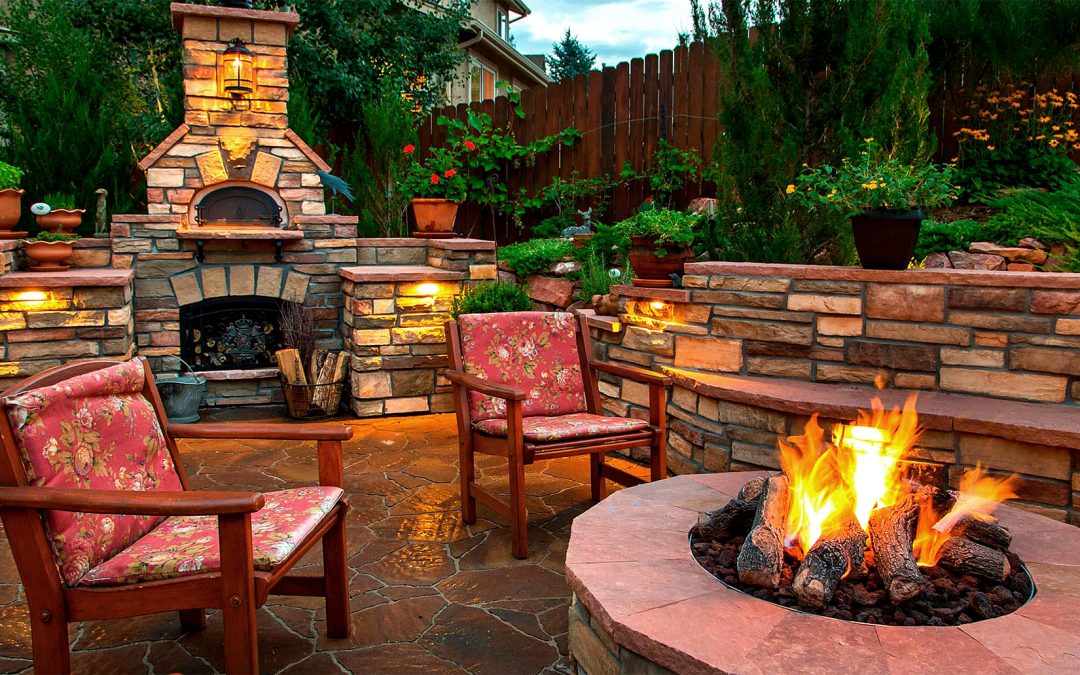What’s the Difference?
What do the terms “hardscaping” and “landscaping” mean? Knowing the difference can help you understand and better see your landscaper’s ideas, and will also help you understand how to properly care for your space when it’s done.
Basically, they are the 2 main parts of landscape design. Hardscaping is any of the non-living elements of your design – think concrete, bricks, pavers, stone, & wood. It includes structures like pergolas or decks. By contrast, landscaping is all the “soft” or living things in your design – grass, trees, plants, & flowers. While it’s easy to understand their differences, designing them to work well together is a bit more challenging.
Why Hardscaping?
Hardscaping is more than just appearance. It’s important to the usability of your outdoor space.
Consider some of the ways it can enhance your landscape design:
- Materials like rock & concrete help dry the soil by absorbing sun’s heat, preventing algae, mildew, & pests
- Having outdoor living space encourages more living outside, and makes a great place to entertain & host
- Retaining walls, stone stairs, & paths can help make sloping or uneven grounds more usable
- Fire pits or fireplaces extend the usability of outdoor space well into colder months
- Outdoor amenities like decks, patios, or kitchens can rival indoor amenities
Tips for Using Hardscaping
Here are some tips for making good use of hardscaping in your design:
- Hardscaping should feel like it was designed with intentionality. It should create a focal point to draw the eye, and there should also be places for the eye to rest. Too many straight lines make landscaping feel unnatural, so the design should feel natural, while keeping visual appeal.
- Consider how your landscape design will affect the drainage in your grounds. You don’t want poor design to result in them either flooded or parched. Using elements like retaining walls and stone steps can dramatically improve drainage. Consider those areas and use hardscaping to fix them.
- Many people like to match their hardscaping to their building’s exterior, allowing them to flow together seamlessly. For example, if the exterior is stone, incorporate similar stones into the hardscaping.
- If not well constructed, grounds’ natural expansion & contraction can damage your hardscaping. Plan for shifting & moving ground. And to avoid damage, be sure to settle hardscaping below the frostline.
Using landscaping & hardscaping together in your outdoor space can create a visually appealing experience around your grounds. Understanding the differences between them, how to efficiently use them, and how to design them to work well together will make it easier for you to create the perfect space.
Contact Clark’s today to discuss your landscape design project.


Absolutely GORGEOUS!!!